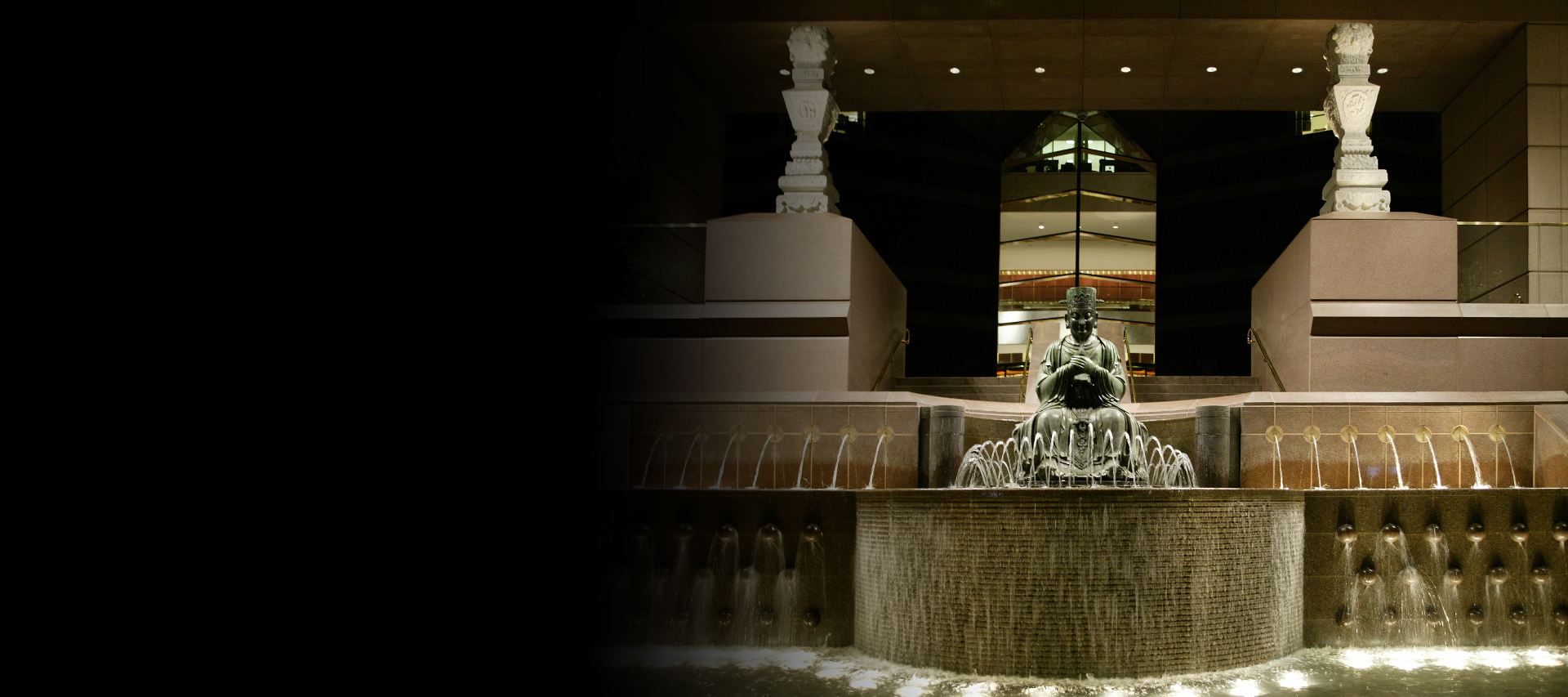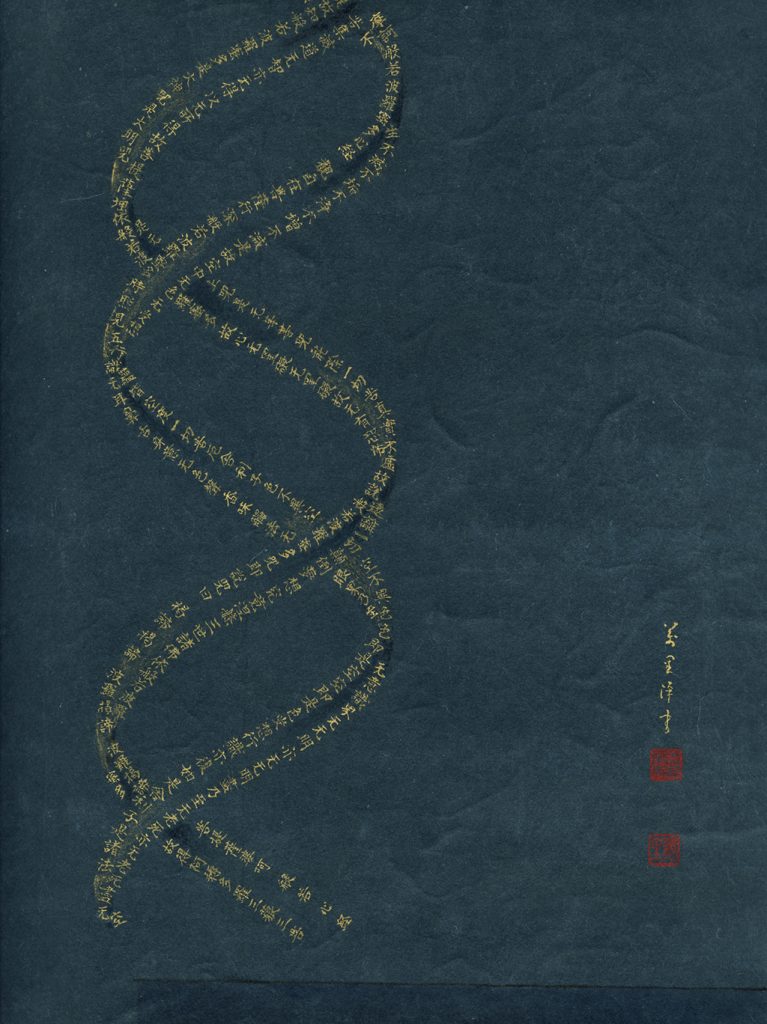
DNA
Ink and color on paper
Collection of Dr. Paula Arai
Courtesy of Dr. Paula Arai

Buddha’s Mirror: Cat’s Eye
Ink and color on paper
29.5 x 25 inches
Photo courtesy of Nichibo Publishing Company
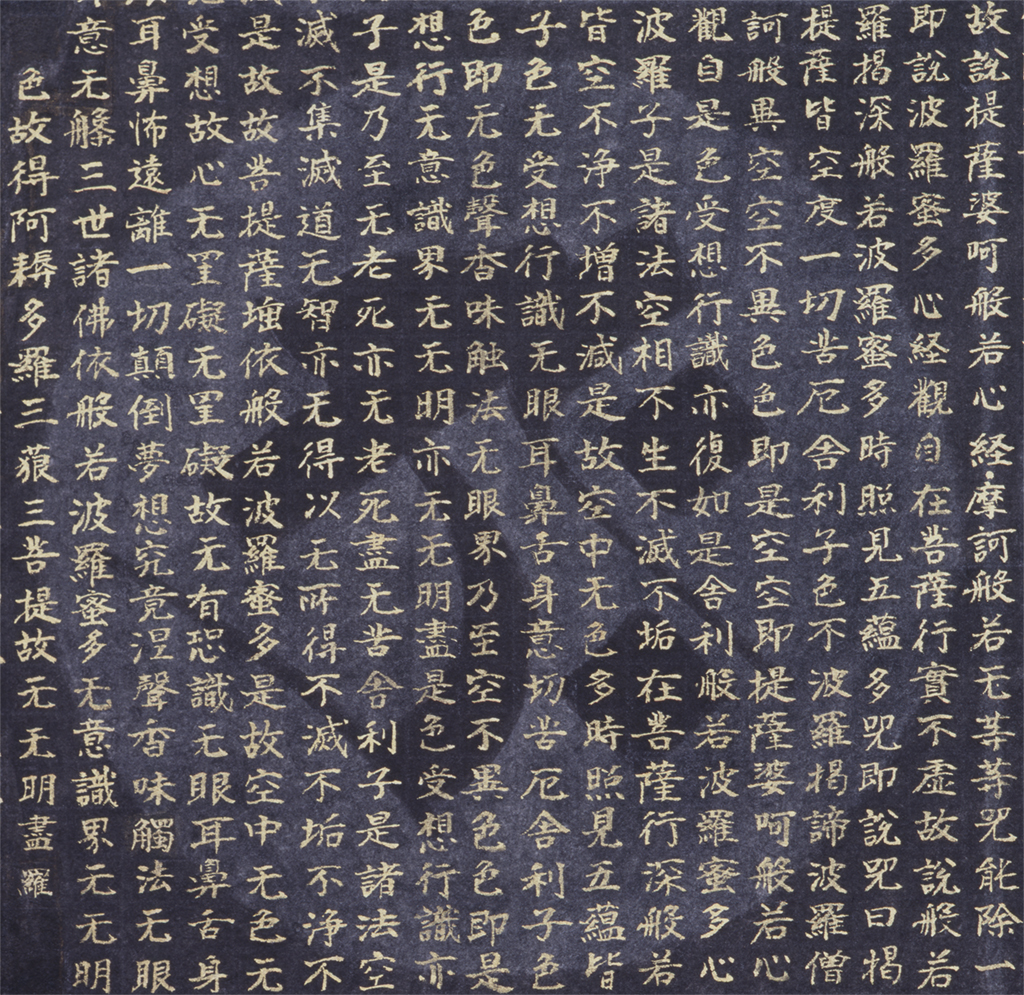
Buddha’s Mirror: Cat’s Eye (detail)
Ink and color on paper
29.5 x 25 inches
Photo courtesy of Nichibo Publishing Company

Lightning
Ink and color on paper
33 x 24 inches
Photo courtesy of Nichibo Publishing Company
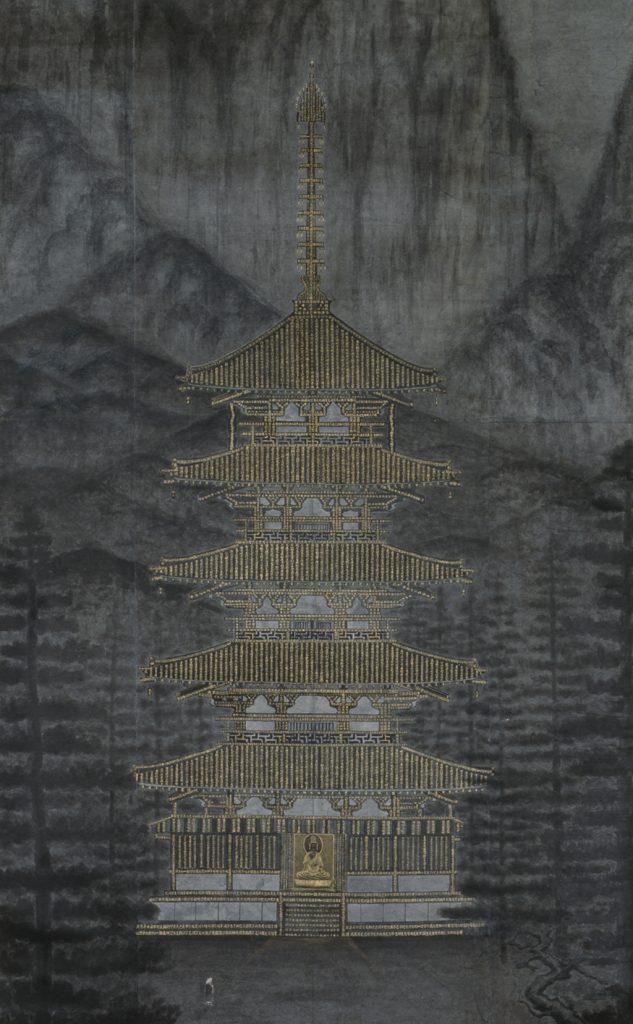
Horyū-ji Pagoda
Ink and color on paper
86.5 x 55 inches
Photo courtesy of Nichibo Publishing Company
Japanese artist and scientist Iwasaki Tsuneo painted as an act of devotion (Iwasaki is his family name, followed by his given name, Tsuneo, according to Japanese custom). Deftly interlacing his fluency in the languages of Buddhism, science, and art, Iwasaki portrays resonances he discovered between scientific and Buddhist views of reality to convey that all beings are an integral part of an ever transforming and vast cosmos. Making use of characters from the Heart Sutra—a text prized for its pithy expression of the core Mahayana Buddhist principles of wisdom and compassion—he extended the devotional practice of copying scripture. Instead of separating the verses into vertical blocks, he shaped the characters into artistic imagery drawn from ephemeral beauties of nature, Buddhist cultural life, and microscopic and telescopic wonders.
In his painting DNA, for example, Iwasaki uses characters from the Heart Sutra to compose an image of the unifying template of life common to all living beings, from bacteria to blue whales. He merges the ecological vision of a thoroughly interrelated biosphere and Buddhist teaching of interconnectedness of all phenomena. In so doing, the artist seeks to heal the human heart from experiencing the suffering of isolation. DNA points beyond socially-constructed distinctions that justify neglect, exploitation, and harm by drawing attention to what living beings share.
Iwasaki’s paintings express his response to the ecological and human crises of modernity. Witnessing the horrors of war in the nuclear age and triumphs of technology in the 20th century, Iwasaki was driven to seek ways to ameliorate the fragmented attention, environmental destruction, and personal and communal violence that threaten our survival. His provocative and innovative Heart Sutra paintings direct attention beyond egocentric, ethnocentric, and species-centric moralities of right and wrong to an ethic based on interrelatedness and shared destiny. Visually articulating an “ethics of interdependence,” Iwasaki’s paintings encourage us to see ourselves as porous, dynamic, and interrelated—to see the wisdom of compassion. Iwasaki passed away without knowing that His Holiness the Dalai Lama would one day bless his art for its power to illuminate and engage scientific and religious wisdom in a shared quest to unlock the code to compassion.
Curators of the exhibition are Dr. Paula Arai, Associate Professor of Religious Studies at Louisiana State University, and Dr. Ivette Vargas-O’Bryan, Associate Professor of Religious Studies at Austin College. The exhibition and related programming at both the Crow Collection of Asian Art and Austin College, located in Sherman, Texas, invite a contemplative journey, an experience of the interconnectedness of the universe, and insight into the wisdom of compassion.
You may be interested: Exhibition closing ceremony
